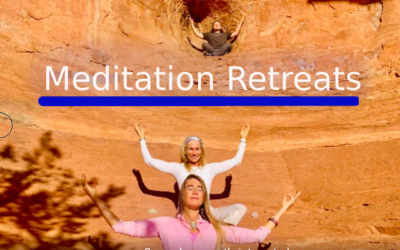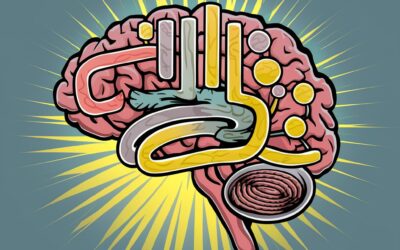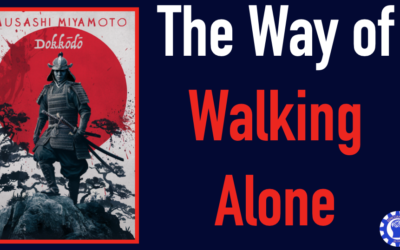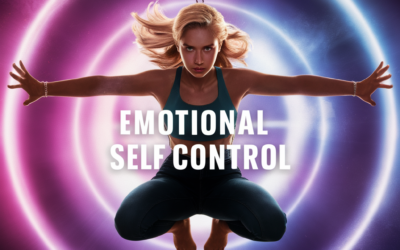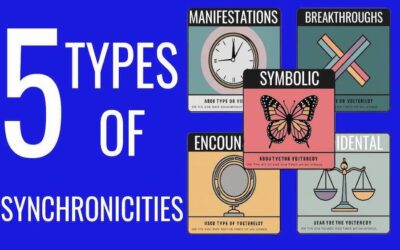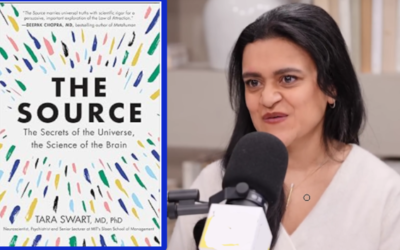Mindfulness-based stress reduction (MBSR) was developed by Dr. Jon Kabat-Zinn at the University of Massachusetts Medical center during the 1970s. He also has a free audio teaching 'How to Reduce Stress, Relieve Anxiety, and Enhance Your Focus. MBSR trains attention by cultivating non-judgmental awareness of bodily sensation and the result is a reduction of stress and anxiety, improved sense of well-being, increased awareness of self and behavior, greater emotional regulation and conscious choice of our actions. One type of meditation you might respond well with is somatic meditation.
What is Somatic Meditation?
Somatic Meditation involves a bottom-up process, where we connect with our wakefulness already present within the body itself.
In contrast to conventional approaches that emphasize entry through the intentional thinking of the conscious mind and following conceptual instruction templates, Somatic Meditation develops a meditative consciousness that is accessed through the feelings, sensations, somatic intuition, and felt sense of the body itself. Somatic meditation is simply trying to tune into the basic awareness of the body. Put in Buddhist terms, the human body, is already and always abiding in the meditative state, the domain of awakening, and we are just trying to gain entry into that. This bottom-up somatic approach to the meditative process throws into bold relief the way in which conventional, top-down approaches are too often little more than mental projections—in Trungpa Rinpoche’s language, mental gymnastics.
In the direct, non-conceptual approach of Somatic Meditation, the practitioner is able to meet his or her own experience in a direct, naked, and totally accessible way. Importantly, it is only this kind of unmediated experience that brings about lasting transformation.
With Somatic Meditation, the meditative state is not found outside, above, or in some other place; it is discovered as the most essential and profound reality of this very human body of ours, just waiting for us to awaken to it. In somatic meditation, the focus is on your internal sensations. The meditation object can be your breath, the sensation of blood flowing rhythmically through your body, the energy tingling in your fingers and toes, or any of the vast sensory information being transmitted from your body to your brain. Can Somatic Meditation Help PTSD? Somatic Meditation can be used to treat people suffering from Post-Traumatic Stress Disorder (PTSD), by integrating physical awareness into the psychotherapeutic process, without the need to recall traumatic events explicitly. Rather, it is encouraged to focus on releasing tensions from the body[1] by paying attention to positive sensations first and only in a second phase to the balance between positive/pleasant sensations and learning to tolerate the negative/unpleasant sensations. Parker et al.[2] offered one 75‐minute session to 204 survivors of the 2004 tsunami in southern India. Out of the 150 participants who completed the follow‐up assessments 4 and 8 months later, 90% of the participants reported either significant improvement or being completely free of symptoms of intrusion, arousal, and avoidance, based on the Impact of Events Scale. For an example of a guided somatic meditation online, you might want to listen to this one by Reggie Ray Ph.D. He is the author of The Awakening Body: Somatic Meditation for Discovering Our Deepest Life and Somatic Descent: How to Unlock the Deepest Wisdom of the Body. He also has an online course available where he teaches what he learned from Trungpa Rinpoche, the monk who had 'been struck by the lightning bolt of the awakened state—the space around him was electric, and he taught us many ways to experience the awakened state within our everyday lives, bringing that fresh explosion of life force right into each precious moment.' Dr. Ray studied closely with Trungpa Rinpoche from 1970 until Trungpa’s death in 1987. Ray’s life is devoted to carrying forward Trungpa’s living lineage and transmitting it to others, which led him to cofound Dharma Ocean Foundation in 2004. Ray’s exploration of Tibetan Buddhism has spanned a 50-year period, including 40 years teaching meditation, 35 years teaching Buddhism at the university level, and accumulating over 10 years time in solitary and group meditation retreats.

